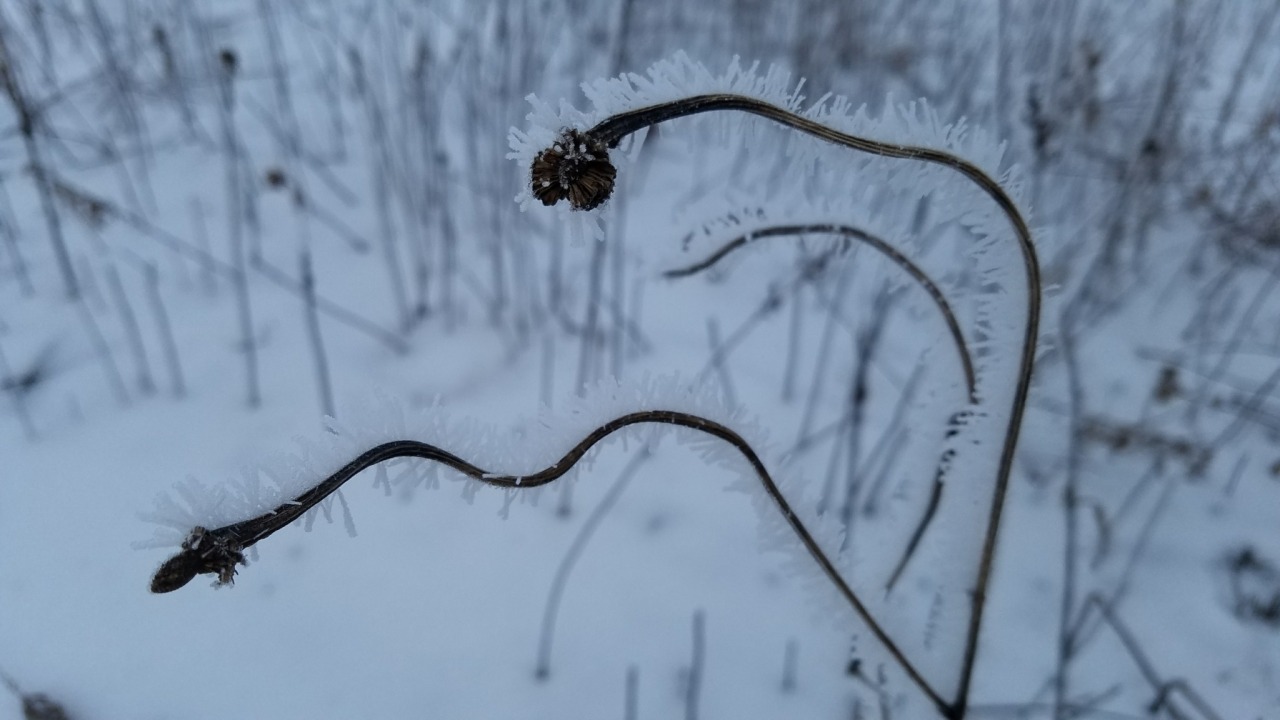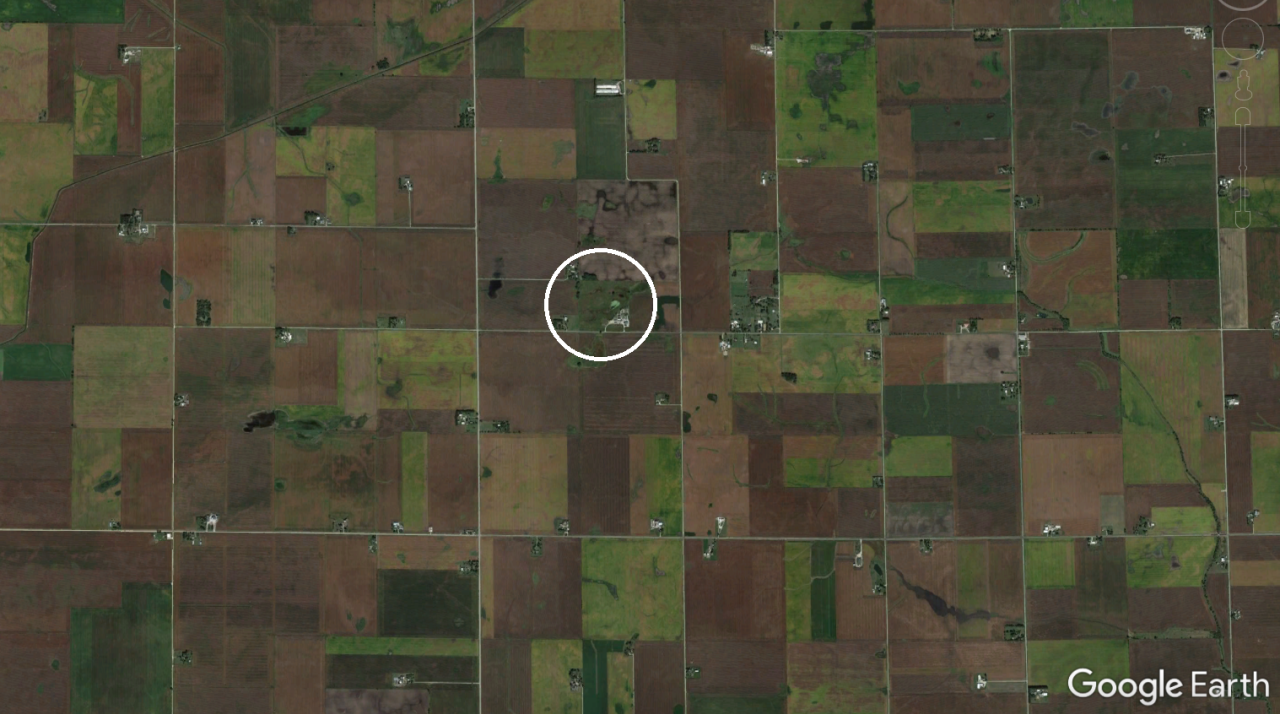Observation of the Week, 1/19/18

Our Observation of the Week is this hoarfrost-encrusted Gray-headed Coneflower, seen in Illinois by @bouteloua!
“I started undergrad wanting to be a human doctor, but now I’m sort of a prairie doctor,” says field botanist cassi saari. “I work in the field of ecological restoration where I design and monitor habitat restoration projects and help people inventory and manage their natural lands, from ponds to woods, streams, dunes, marshes, prairies, or savannas.”
Lucky for iNat, when cassi isn’t tending to the prairie’s needs, she’s taking care of things on iNaturalist as one of our most active Curators. She’s enjoyed “stepping up my...curator activities on iNaturalist: maintaining the taxonomic database, helping new users, resolving issues, and improving the quality of the data.” Keeping up with taxonomy and our community is a huge job, and our noble Curators, like cassi, are people who spend some of their free time helping out in the many ways cassi mentioned. They’re a vital part of iNat.

Now back to that frosty flower. cassi spotted it on
a foggy but very cold morning drive to the office [above]. The drive is quite dull - all city, then suburbs, then long, flat stretches of harvested fields of corn and soy…[it’s] always a stark reminder that 99.9% of the prairie lands in Illinois have been destroyed by farming, grazing, and development.
But the land around cassi’s office (pictured above) is “a little oasis of wetland and prairie with hundreds of species of native plants...part remnant, part restored.” When she pulled up in her car, she says “I saw the hoarfrost clinging to plant stems and couldn’t help but stop and make some observations.” One of which, of course, was the Gray-headed Coneflower you see at the top of the page. “Working year-round as a field botanist is a fun challenge in winter botanizing. One of my favorite things about iNaturalist is adding to the growing database of plant photos when they’re not flowering (which is usually when I need to be able to identify them),” she explains.
When describing Gray-headed Coneflowers, cassi first mentions their distinctive shape, calling them “one of several prairie sentinels that forms a charismatic silhouette at dawn and dusk at any time of the year.” Like other member sof the Asteraceae or “sunflower” family of plants, their “flowers” are actually inflorescences made up of many tiny florets, with about 15 of them on the outside growing the large petals we recognize. “The flowers and fruits are easily recognized and its frequent use in prairie restorations makes it one of the first native wildflowers that people learn around here,” says cassi.

An iNat user since 2012, cassi has mainly focused on plants, but says “this year I’m aiming to be a 100% naturalist by observing more animals, fungi, and other creatures, since sometimes I seem to have the opposite of plant blindness…”
- by Tony Iwane
- You can check out cassi’s personal website here.
- In 2017 the Illinois Native Plant Society held its second annual Illinois Botanists Big Year and cassi came in at number one, contributing over 900 species.





Comentários
Woo hoo!!! Cassi @bouteloua is the best! :) Thanks big time for all of your curation!
Adicionar um Comentário